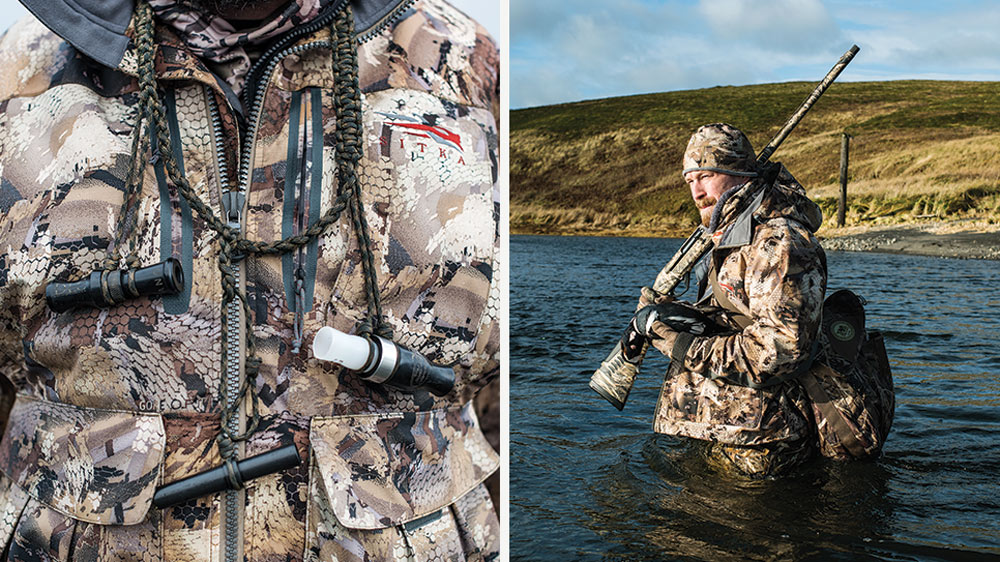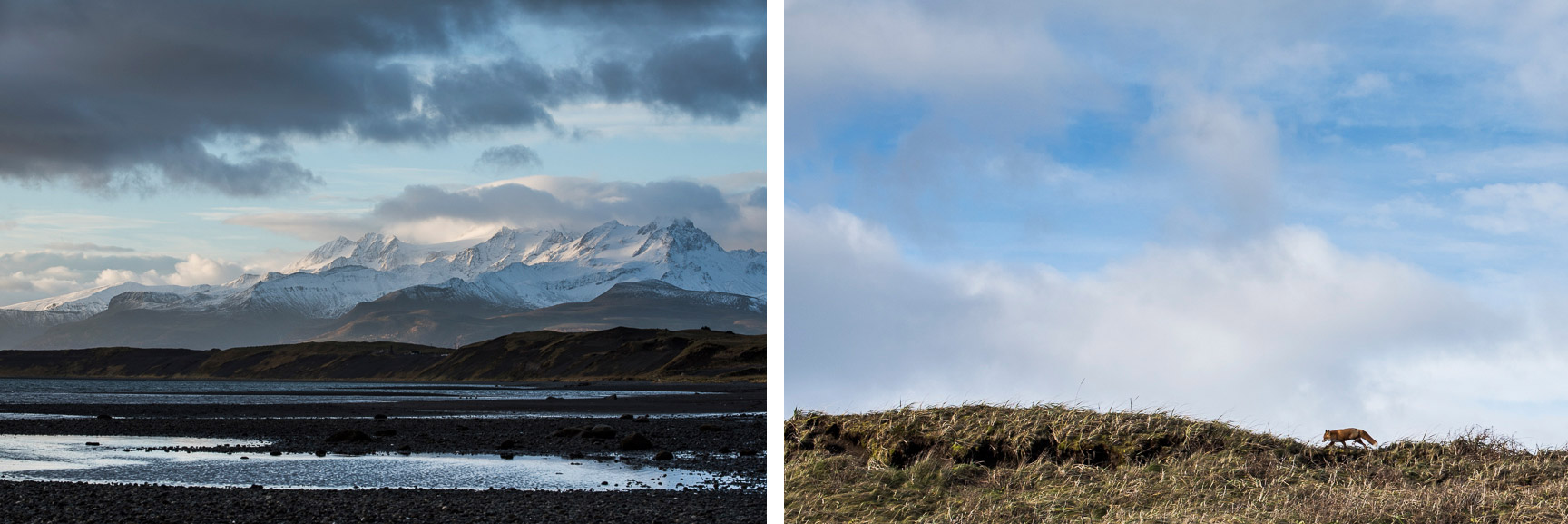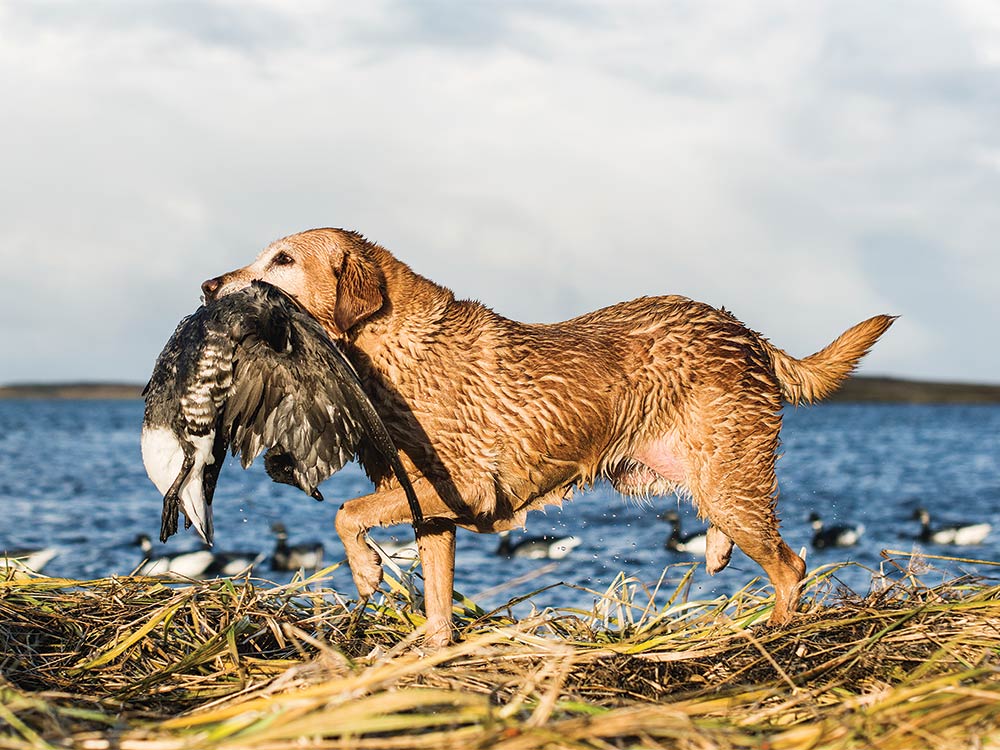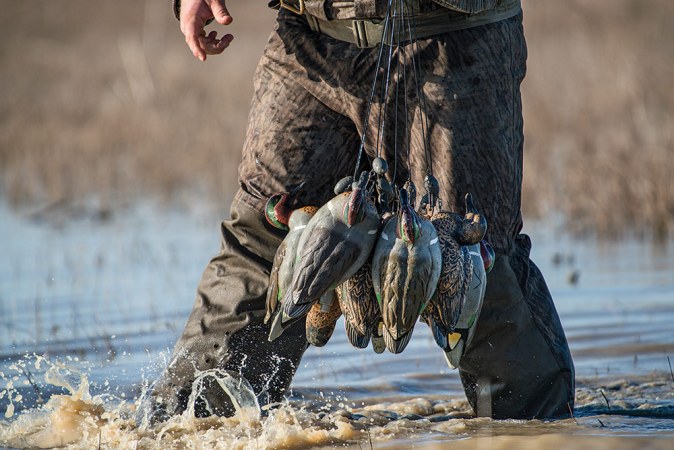Cold Bay, Alaska, isn’t much of a destination for tourists, or anyone else for that matter. The year-round population is said to be somewhere around 100 people, give or take, but after spending a week there I think that number is inflated. You end up seeing the same faces whether you’re at the bar, the grocery store, or the post office, or walking around the town’s packed-gravel roads. What is certain, however, is that there are more houses than people, many of which look abandoned, having been beaten down by the salt and wind and cold. Without doubt, Cold Bay also has more communications gear per capita than any other place on the planet. The treeless tundra-covered hills in and around town bristle with antennas, radar domes, oversize convex dishes, and strange structures that defy easy categorization but are clearly designed to emit, or detect, electronic signals of some sort for some purpose. They are modern-day reminders of the town’s military history.

Cold Bay is part of the Aleutian chain, which juts off the southwest corner of the Alaskan mainland. To the south, the bay opens to the North Pacific Ocean and the Aleutian Trench, a 2,100-mile-long gash in the earth’s crust that plunges to depths of more than 25,000 feet and follows the crescent of the Aleutian Islands. To the north is the Bering Sea.
Cold Bay’s airfield was constructed during the Second World War, and fighters and bombers from the 11th Air Force were stationed there. It was used as a jumping-off point to defend Dutch Harbor and other parts of the Aleutians from the Japanese fleet.

Just between Cold Bay and the Bering is a small lagoon—small at least by Alaskan standards at 150 square miles—and it, too, is a critical jumping-off point. Called Izembek Lagoon, it is notable for one thing in particular, and that’s the reason I’ve traveled to this remote, windswept location. The bottom of the lagoon grows the world’s largest bed of eelgrass.
Bottleneck
Eelgrass is pretty plain-looking stuff. The long, dull-green blades grow in meadows on the saltwater lagoon’s shallow bottom. But for Pacific brant—also called black brant—it is the linchpin of their existence. They rely on it to fatten up for their remarkably long migrations, and it even provides them with fresh water as they munch away.
Like eelgrass, Pacific brant aren’t particularly visually striking. They are stocky little geese, with black and buff coloration on their chest, wings, neck, head, and bill, and they have a white belly. Mature brant get a distinctive ring of white around their neck, which is a helpful thing to look for when they fly within shotgun range.
Nor are Pacific brant prolific. Their population hovers at around 150,000—a mere drop in the fowl bucket when compared to the millions of Canadas or mallards that course along North America’s flyways. But, remarkably, every one of those 150,000 brant stops at Izembek Lagoon in order to rest and feed during their travels. Their breeding grounds are scattered for thousands of miles across the High Arctic. And they winter mostly down in Mexico, and in some small pockets along the Pacific Coast of the U.S. Yet they all congregate around the same time during the fall in Izembek, making this spot a singular bottleneck for these birds.

Once the brant have consumed enough eelgrass to continue south, they take off and won’t land for several days, covering the thousands of miles to the Baja Peninsula and the Sea of Cortez in a single flight. When I learned about the extent of their travels, I felt a bit uncharitable for grumbling about the two days it took me to get from my home to Cold Bay.

Sleeping Bear
During my first night in Cold Bay, the weather gods brewed up a storm that lashed the town with an elemental fury. Seventy-mile-per-hour winds drove the rain sideways against the small house where I was staying along with the group of hunters who had joined me to hunt brant and sea ducks. The building shook and groaned as the rain hammered the window above my cot. It felt more like being at sea than on solid ground.
The rain was still coming in horizontal in the morning. We had a quick breakfast of biscuits slathered with sausage gravy, pulled on our waders, piled into a two-truck convoy, and went to a small lake to try our luck. The open water on the bay and in the lagoon was too rough to launch boats.
Crossing the soggy ground around the lake, I leaned into the wind to keep my balance. We helped Jeff Wasley, the owner and head guide of Four Flyways Outfitters, set four dozen decoys—a mix of buffleheads, divers, and puddle ducks—in the water. They strained on their anchor lines in the wind, dancing, rolling, and tugging like disobedient dogs. With our spread set to Wasley’s satisfaction, we tucked into a muddy bank for some protection from the wind and watched the sky. Or, in my case, mostly watched the sky. Looking around, I saw torn-up chunks of dead silver salmon in the grass—and lots of bear scat.
Some ducks flew high overhead, but the wind kept them out of our decoys. Ben Teale, a young guide from Wisconsin with a bright-red lumberjack’s beard, decided to walk the shore of the lake to see if he could jump some birds, and maybe push them our way. His plan didn’t work. The only thing he kicked up was a snoozing brown bear. The bruin popped up out of the grass and Teale raised his shotgun and shouted at it. Fortunately, the bear turned tail and ran off rather than look for a fight.

Lady Luck
That night we went to a Ducks Unlimited banquet. All of Cold Bay showed up for the party, because It turns out nearly everyone in town is a DU member. We had a classic banquet smorgasbord with Swedish meatballs, baked pasta casserole, salmon dip, and Halloween-themed cupcakes. While drinking punch out of a paper cup, I browsed the raffle and silent auction items propped on tables around the edges of the room. There were bar sets emblazoned with the DU logo, framed pictures of waterfowl, DU-branded shotguns, and a Taurus Judge revolver with “Ducks Unlimited” etched on its cylinder. And, of course, there was the obligatory print showing the three flavors of Labs: black, yellow, and chocolate. This one featured a trio of puppies in a tableau of hand-carved decoys and duck calls. They looked slightly constipated. Perhaps, they couldn’t believe they were being immortalized in such a clichéd representation of doggiedom.
The night was great success. People engaged in bidding wars for some of the choicer items, while others popped out of their chairs laughing and clapping when they won a raffle prize. The only murmur of discontent was when the young woman who had sold us the raffle tickets managed to win two guns. But her beet-red complexion and sheepish demeanor when she claimed her second rifle of the night convinced the crowd that nothing but good fortune was in her favor.
Tough Bird
I was hoping for some of that lady’s luck the next morning as I sat on a rocky beach with Wasley’s dog Annie next to me. The 11-year-old Lab was a duck-hunting veteran, and she lay still on the cold stones with her teeth loudly chattering as the tide came in, soaking her fur. She sounded like a small gas motor as she pressed against my leg, and I wished I had more warmth to offer her. She stayed still as her eyes scanned the horizon.

I shot one harlequin duck that morning as it buzzed through the decoys, a bucket-list bird for serious waterfowlers and, for its size, probably the world’s toughest feathered creature. It skipped three times on the water after its wings folded, and Annie made an easy retrieve. Using a 3 ½-inch shell stuffed with No. 2 high-density shot would be absurd for most birds the size of that small duck—but not for a harlequin.
By afternoon the waters had calmed down, and we were able to hunt from Wasley’s layout boats in the lagoon. This was our first crack at the brant. With a string of silhouette decoys trailing off the stern, my little one-man craft looked like a round-bottomed soap dish that had been flipped over and painted gray.

I lay back in the boat, shotgun between my legs, muzzle toward my feet, and waited. The boat rocked in the small waves, and a bit of sea water sloshed over the sides and down my back, dispelling any notions I might have had about snoozing in the afternoon sun. The decoys weren’t very realistic. They were painted in a style I’d dub nouveau kindergartener, but the brant didn’t seem to care. In short order, three flights of the geese came in, and I shot one bird each time for my limit.
Wasley stood behind the center console of his high-prowed boat and motored around to scoop up downed birds with a long-handled fishing net. The boat’s battered aluminum hull was the same nondescript dull green as the eelgrass. Any beauty one might attribute to it would have to be based solely on its utility as a working craft. After I shot my three birds, Wasley picked me up and put another hunter in my place. Soon, everyone had his three geese, and we packed up and headed back to shore.

Proving Ground
The brant were certainly the stars of the hunt. There were tens of thousands of them in the skies around us. They came in to our dekes like hungry kids being called for supper. And, as I found out, they are about the best-tasting game animal I’ve ever eaten. We still tried for sea ducks, but they proved much more difficult to bring to hand.
The other star of the show was the shotgun we had come to shoot—Benelli’s next-generation Super Black Eagle, the SBE 3. The Benelli guys were eager to test the gun in the harshest shooting conditions they could find, and no place is less forgiving than Alaska.
Saltwater, sand, barnacle-encrusted rocks—all are the sworn enemy of shotguns, particularly semi-autos, which will grind to a halt if they aren’t built tough enough. Add to the environment hard-flying birds with armor-like feathers that act more like winged terminators than normal ducks, and you have the makings of a superlative proving ground for any fowling piece.

My full review of the SBE3 appeared in the May issue, and the shotgun also performed well in our annual rifle and shotgun test (June/July). What struck me most about the new iteration of the gun was the improvements to its handling and pointability. Changes to the stock dimensions—a narrowed forend and more vertical grip chief among them—gave the SBE3 a more nimble and lively feel, which can be tough to achieve with a 3 ½-inch gun.
Benelli also improved the gun’s recoil-reduction system, and made the bolt lockup more reliable, so that having a misfire—causing the gun to go click instead of bang—is less likely.
During the weeklong hunt, my shotgun performed admirably, though I did have one curious situation where a shell I had just fired was torn in half as it was being ejected, with one piece remaining inside the chamber. That jammed the gun and cost me a bird, though I think it was the fault of the ammo rather than any issue with the SBE3.
Flood Waters
The difficulty we had in connecting with sea ducks clearly frustrated Wasley, who decided to take us to one of his favorite spots on the fifth morning. We drove out of town in the dark along a gravel road, which abruptly terminated in a river that was flowing dark and fast in the headlights of the old Suburban.
Wasley eased the truck into the water. I was seated in the front passenger seat—literally riding shotgun, with the Benelli between my legs—when I noticed water pooling around my feet and rising fast as we bounced along the river’s rocky bottom. The water kept getting deeper, and soon our headlights were half submerged though the opposite shore was still far off. “The river’s running high,” Wasley said. Suddenly, I had a sickening feeling in my gut as the truck began to drift sideways in the current. Without speaking a word, everybody in the Suburban decided to act on the same thought: Abandon ship.
We piled out of the truck and scrambled to unhitch the Zodiac we were towing, which was now floating in the water—along with the trailer it was attached to—and yanking the rear end of the truck downstream.

The truck drifted another 20 feet and came to rest. We tried to push it out but it wouldn’t budge. After a few minutes of rumbling and gurgling in the dark, the motor died. We were well and truly stuck. Wasley had to call his two younger guides to rescue us. We ended up making a 40-yard daisy chain with tow straps and used their two trucks to pull the Suburban back to the spot where we had entered the river.
We attached jumper cables to the battery of our waterlogged truck and connected them to the battery in one of the rescue vehicles. Miraculously, the motor coughed, turned over, and started. The exhaust system disgorged water like a drowned man coming back to life, and we got back into our soggy seats and returned to town. Needless to say, Wasley’s honey hole remained unmolested, and our luck with sea ducks failed to improve.
In the following days, I did manage to shoot a gorgeous eider drake with the most magnificent plumage I’ve ever seen, as well as another harlequin. Other hunters in the group added some scoters to our collective bag. Other than the black brant, the most numerous fowl we saw were the emperor geese that flew around us, though because of their low overall numbers, they aren’t legal game.
Read Next:
- 6 Early-Season Duck and Goose Scouting Tips from a Master Waterfowler
- 4 Ways to Keep Your Duck Dog in Beast Mode All Season Long
- 5 Problems with Your Duck Decoy Spread, and How to Fix Them

Magical Meat
The silver lining to our ongoing struggles was the brant—particularly at mealtimes. Eating them changed everything I thought I knew about waterfowl as table fare. I like a properly prepared mallard breast as much as the next wild-game gourmand, but brant are superior by an order of magnitude.

Keeping the fat with the legs and breast is key. Marinate the birds with olive oil and seasonings of your choice—a good steak rub works well. Fire up the grill and get it hot. Sear the meat, turning it quickly and often. Cook it to a rare or medium-rare level of doneness at the most. And eat it right away, while it is still steaming.
The dark meat of the bird, juicy and tender, with bits of burnt fat around the edges, was a culinary revelation, rivaling the finest meat—wild or otherwise—I’ve ever consumed.

As cold leftovers, the meat loses much of its magic. And if you overcook it, it takes on a liverish flavor in keeping with the reputation that most people associate with sea-going waterfowl. One thing I don’t know is whether brant is as delicious when hunted in Washington, California, or Mexico after they migrate. I suspect not, since their fat reserves would be depleted after their long journey.
So that leaves any bird hunter with a pretty clear choice. If you want to experience some of the best waterfowl hunting in the world—at least as measured by degree of adventure, number of hard-to-find species you can potentially shoot, and taste on the plate—then a trek to Cold Bay might be in order. The snow-covered volcanoes, spewing steam and smoke, that surround the town create a backdrop that few wingshooters will ever experience. And another thing’s for certain: You won’t be fighting any crowds.
Editor’s Note: This story originally ran in the November 2017 print issue of Outdoor Life. The caption for the photo on p. 51 has been updated to reflect the correct species. It’s a bufflehead hen, not a harlequin hen.




















